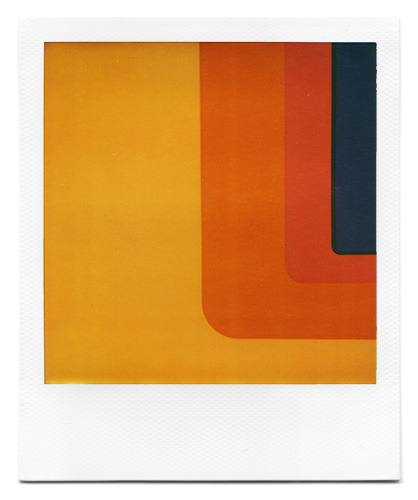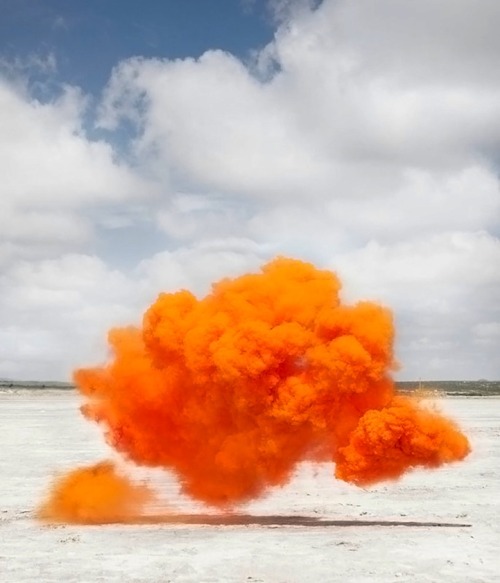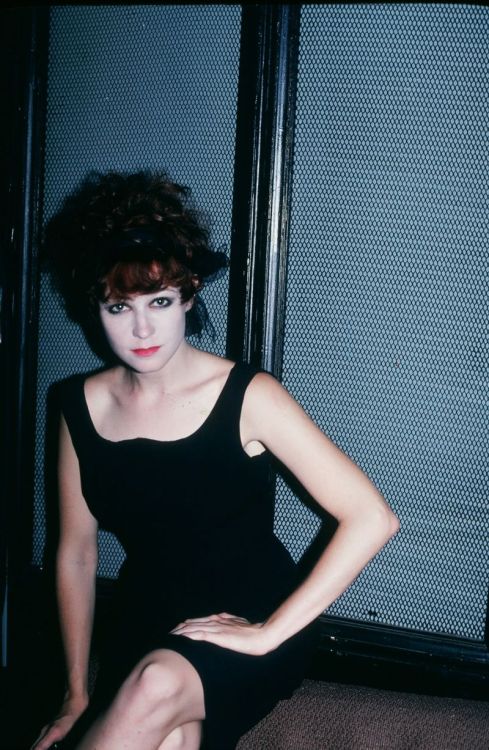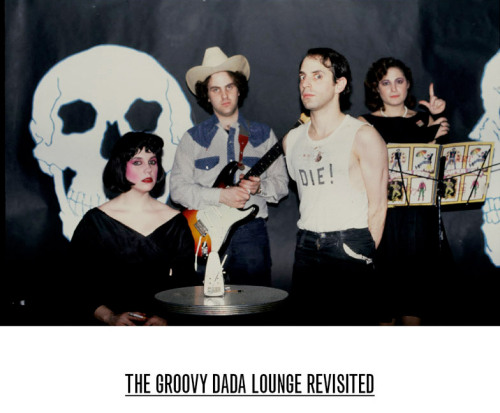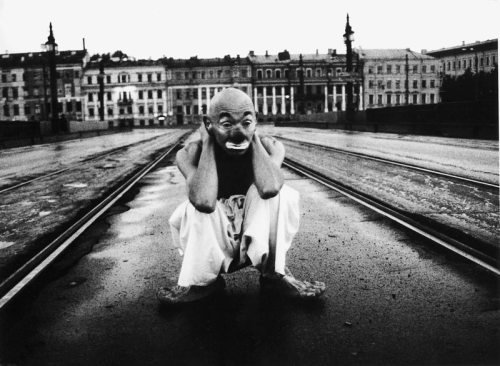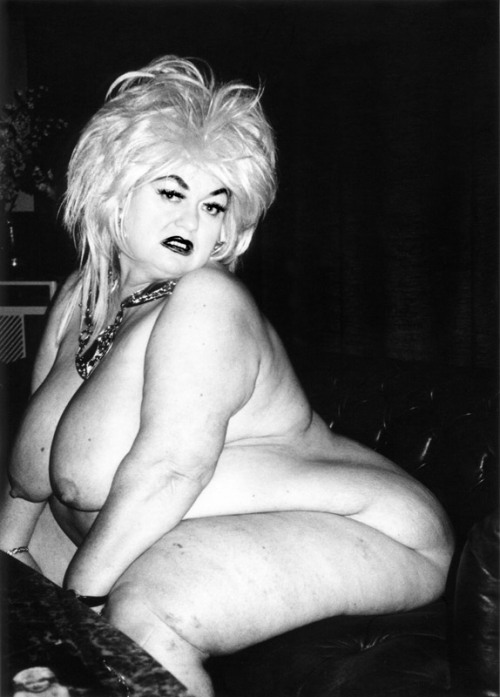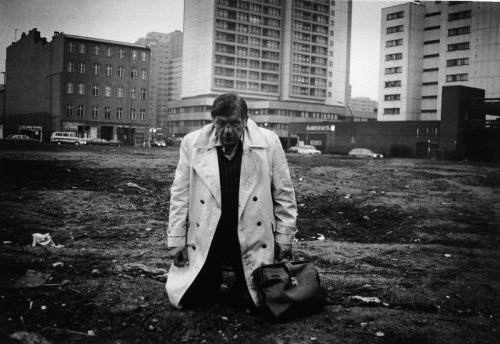The Great Heisenberg begins its series of “Great Read-Outs” with Kenton
Turk, whose stories prove at turns tantalizing, tortured, touching and
twisted. Here, seemingly average folks reveal extraordinary features,
brains are turned inside out to reveal the inner workings, and some get
what they deserve while others don’t. Or maybe do, depending on your
take on things.
Friday, August 24, 2012
Friday, May 25, 2012
The Voice of the Auslaender
N
ikko Moss strikes a more than just a guitar chord
by Kenton Turk
If considered a concert, it would beat the legendary three-song gigs of The Jesus and Mary Chain for cutting it short by a third, but Nikko Moss's two back-to-back numbers were a long entry among the single-jab acts at the Trash Deluxe Variety Show (at AHA, Berlin, 19/05/12), a bi-monthly jumble of any and everything schräg. While the evening's show ended with two Rubinesque drag queens and a dressed-for-sex female counterpiece smearing cake all over each other's bodies (on the two-year anniversary of the first of these outings), it was something as plain as a clear voice and an acoustic guitar that stole the evening and brought out the greatest applause.
Nikko Moss comes from California, and her first number was entitled, quite without adornment, just that. “California” is an ode to leaving... a land, friends and family, a piece of yourself behind. The first line, “California, I'm not coming back to you,” brought out snickers and grunts of anticipation: it was going to be fun to hear the Golden State, the Cartoon On The Pacific, get taken apart. Yes, she misses it. No, not enough to go back. Not when she's happily partnered here. But by the time she had woven her way through the joys and doubts of the resolute expat, you had to swallow hard, if you know the situation from up close. Her voice, a classically-trained operatic instrument, effortlessly carried the words along their way through wide-eyed observation and a plea to the homeland to take care of her family. The song ended with a vow to return someday and lie enveloped in her, in California, to enrich the soil, end where she began. How many more of the transplanted have had these thoughts. Brief silence, then thunderous ovation and cries for more, and Moss smiled the smile of the surprised.
The outburst brought on a second self-penned offering, “Let's Run Away,” which told of an anticipated moment of rejection that doesn't transpire. This one showcased her abilities well too, her voice a finger tracing a silhouette line from the peaks of mountains down into the valleys, only to wander there and again ascend to the heights in single leap, but the first was her real moment. After the show, while globs of one cake were being scraped off the stage and another one was making the rounds, Moss was approached by well-wishers and back-slappers and finally by an enthusiastic stranger who shared his rapture and asked to buy a CD (there weren't any), then requested an autograph instead. From Brazil, he found Moss's melodic paean had sung his thoughts to a tee, despite differing language and location.
With the current headlong rush to Berlin from all the globe's corners, it seems clear die Zugezogenen, the newcomers, between homes found and abandoned, will need a voice as their own new flag. They may already have found theirs in an unassuming barefoot singer who beams from ear to ear and apologizes for occasionally lapsing into English. Brazil is not California, but tonight it felt that way to at least one; as such, there may be many Californias tending to the loved ones of New Berliners and waiting for the ultimate return of the native.
photo: A.B.
by Kenton Turk
If considered a concert, it would beat the legendary three-song gigs of The Jesus and Mary Chain for cutting it short by a third, but Nikko Moss's two back-to-back numbers were a long entry among the single-jab acts at the Trash Deluxe Variety Show (at AHA, Berlin, 19/05/12), a bi-monthly jumble of any and everything schräg. While the evening's show ended with two Rubinesque drag queens and a dressed-for-sex female counterpiece smearing cake all over each other's bodies (on the two-year anniversary of the first of these outings), it was something as plain as a clear voice and an acoustic guitar that stole the evening and brought out the greatest applause.
Nikko Moss comes from California, and her first number was entitled, quite without adornment, just that. “California” is an ode to leaving... a land, friends and family, a piece of yourself behind. The first line, “California, I'm not coming back to you,” brought out snickers and grunts of anticipation: it was going to be fun to hear the Golden State, the Cartoon On The Pacific, get taken apart. Yes, she misses it. No, not enough to go back. Not when she's happily partnered here. But by the time she had woven her way through the joys and doubts of the resolute expat, you had to swallow hard, if you know the situation from up close. Her voice, a classically-trained operatic instrument, effortlessly carried the words along their way through wide-eyed observation and a plea to the homeland to take care of her family. The song ended with a vow to return someday and lie enveloped in her, in California, to enrich the soil, end where she began. How many more of the transplanted have had these thoughts. Brief silence, then thunderous ovation and cries for more, and Moss smiled the smile of the surprised.
The outburst brought on a second self-penned offering, “Let's Run Away,” which told of an anticipated moment of rejection that doesn't transpire. This one showcased her abilities well too, her voice a finger tracing a silhouette line from the peaks of mountains down into the valleys, only to wander there and again ascend to the heights in single leap, but the first was her real moment. After the show, while globs of one cake were being scraped off the stage and another one was making the rounds, Moss was approached by well-wishers and back-slappers and finally by an enthusiastic stranger who shared his rapture and asked to buy a CD (there weren't any), then requested an autograph instead. From Brazil, he found Moss's melodic paean had sung his thoughts to a tee, despite differing language and location.
With the current headlong rush to Berlin from all the globe's corners, it seems clear die Zugezogenen, the newcomers, between homes found and abandoned, will need a voice as their own new flag. They may already have found theirs in an unassuming barefoot singer who beams from ear to ear and apologizes for occasionally lapsing into English. Brazil is not California, but tonight it felt that way to at least one; as such, there may be many Californias tending to the loved ones of New Berliners and waiting for the ultimate return of the native.
photo: A.B.
Tuesday, May 01, 2012
framed
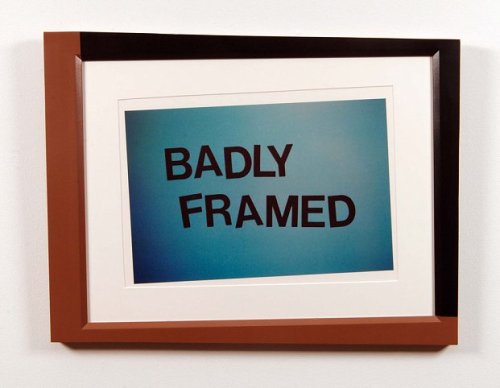
John Waters, Badly Framed, 2006
C-print in artist’s frame
Image size (12 x 18 inches)
Framed (21 x 28 inches)
Edition of 5
C-print in artist’s frame
Image size (12 x 18 inches)
Framed (21 x 28 inches)
Edition of 5
Monday, April 30, 2012
Flowers That Bloom at Midnight
Thursday, April 26, 2012
Monday, April 23, 2012
Nebula Humilis: clouds as sculptures
Spanish photographer Lola Guerrera ventured out into the desert of Mexico to explore nature, and to see what happens when you intervene with it. Nebula Humilis is a collection of photographs featuring artificially colored clouds drifting against a natural backdrop.
For a similiar, indoor work by Berndnaut Smilde see The Little White Cloud
digged at the art resort
For a similiar, indoor work by Berndnaut Smilde see The Little White Cloud
digged at the art resort
Tuesday, March 20, 2012
The Groovy Dada Lounge Revisited
Photographs by Robert Carrithers: Basquiat, Haring, the New York scene in the 1980s and the infamous Club 57.
At Fotograf Gallery, Školská 28, Prague
One
staircase led to heaven the other to hell” says Robert Carrithers of a
building in New York’s St. Mark’s Place Street, number 57. The
building whose basement housed, in the late 1970s and early 1980s, Club
57 - a creative laboratory for all non-conformists and free-thinkers
from the East Village - actually belonged to the central offices of the
Polish Catholic Church.
At that time
New York was a city on the verge of bankruptcy and today’s luxurious
East Village resembled a war zone. Refined citizens had long ago left
the area as part of a progressive suburbanisation. The
area with burnt up brick buildings – a last ditch attempt by desperate
property owners to earn some money was more than often insurance fraud –
was left in the hands of drug dealers, immigrants and also artists
working in all disciplines. The police didn’t even bother
to patrol there, which was good for anyone annoyed by having the
authorities riding their back, artists and criminals alike. “It was often a matter of life and death. You had to have eyes in the back of your head and constantly watch what was happening in the street. It
was so intense that sometimes you would find a corpse lying on the
sidewalk,” recalls Carrithers, who moved to New York from Chicago in
1979. He wanted to study photography, film and acting there. The apartment that he could afford to rent was less than a 10-minute walk from Club 57.
The punk and
disco scenes concentrated around the CBGB and Studio 54 clubs were
losing their sense of novelty and originality, when out of nowhere a
performer like Klaus Nomi appeared. This was a man, who sang opera in the costume of a Dutch Pierrot. Club
57 was in fact founded by two friends, who loved vaudeville – Susan
Hannaford and Tom Scully – and was run by director and performer, Ann
Magnuson (pictured above), who hosted its first performance.
“This place
was fascinating in that, while artists had earlier met in bars or at
concerts, they chatted and they drank, but in Club 57 they created
something together. Here concerts mixed with exhibitions
and performances,” stresses Carrithers, when speaking of the community
that first made him feel at home. Ann Magnuson thought up theme parties for every other night of the week. She found the decor and the furniture in the streets. Keith Haring had his first installation there and created his signature work, as did Kenny Scharf and Jean Michel Basquiat.
Club 57 exorcised America’s evil spirit. It went wild from “camp” aesthetic. With
a Dadaistic fascination and vigour, it seized on the suburban
supermarket culture; stores that had become museums of the contemporary
lifestyle and its plastic kitsch. During one evening a
country-western evening might take place on piles of hay, the next a
burlesque event and an Elvis memorial, then a performance showing John
Sex performing with his python snake Delilah or a concert by singer,
Wendy Wild, and her group, The Mad Violets, which took the public on a
joint trip, when hallucinogenic mushrooms were thrown into the crowd. The group, Pulsallama, was also born here. This
was a group of twelve or thirteen girls, who sang in the style of Greek
chorales, and when doing so banged on beer bottles, pans, cowbells and
shot off kids‘ toy machine-guns. Pulsallama made it so far that in 1982 they were the opening act at several concerts by The Clash.
Even almost
thirty years after its closing in 1983, Club 57 is still a legend that
defined a period of pop culture and still inspires it. Many
of the artists tied to the institution were unable to face up to their
own wildness, drugs or the incontrollable rise of AIDs. They died. Others died only to become immortal (Haring, Basquiat). Others survived to become famous later (Ann Magnuson, Marc Shaiman, Scott Whitman). Robert Carrithers was one of them. He spontaneously documented everything that happened in the club. The performances, the birth of success, the first exhibitions and the backstage area. In
his moment shots and portraits, which will be shown for the first time
in the Czech Republic, barmen meet with writers, film-makers and future
celebrities. Thus a unique testimony was created; one that is as unbridled image-wise as the Club 57 program.
Robert Carrithers is an American photographer and film-maker, who lives in Prague. Besides
the Club 57 scene he documented the post-November cultural scene in the
Czech Republic and has been working for a long time on the series,
Bohemian Nude. He is preparing a documentary on the
Prague-Berlin-Australian, post-punk band, Fatal Shore. He also took part in the making of the documentary Autoluminescent
The Groovy Dada Lounge Revisited, Fotograf Gallery, Školská 28, Prague
21 March – 20 April 2012
Opening attended by the artist:
20 March, 18:00–21:00
Guests:
DJ Miki
Mark Steiner & His Problems
A showing of films of Cinema of Transgression by Nick Zedd
Curator: Pavel Turek
Labels:
art,
Club 57,
New York,
Nick Zedd,
photography,
Robert Carrithers
Sunday, March 11, 2012
All You Need Is...
An intense and true song by by Frying Dutchman
join the humanERROR Parade
via directorslounge
Wednesday, January 11, 2012
Twilight Zone
In 1980, he emigrated to the USA, where he lived for the next fifteen years; first in New York, then in Los Angeles, and Pittsburgh. In New York, back then arguably the world's most fascinating and permissive metropolis, Zownir's peculiar approach to cover the city's multiple-layered day-to-day lunacy was quickly recognised by the local scene and earned him a reputation as the TEUTONIC PHENOMENOGRAPHER (Village Voice).
Shot in moody, expressionistic b/w, Zownir's pictures from that period give a penetrating insight to inner-city sub-cultural spheres, which, in their original local context, have since perished in the boom of the 90s. His lens captured the untamed lust at the gay-parties, just shortly before Aids massively claimed its victims; the futile protest of artists and offbeat performers against the increasing commercialisation of Manhattan; the hopelessness on the Bowery; the shadowy world of hookers, bums, junkies.
During his long residence in America, Zownir worked not only as a photographer but also ventured into filmmaking, an ambition he had held since the mid-seventies. He wrote and directed several short underground films, which were mainly produced by Chosei Funahara, founder of the legendary band 'Plasmatics'.
In Berlin, Zownir's home since his return from Russia, he directed the documentary film BRUNO S. - ESTRANGEMENT IS DEATH, a feature-length portrayal of Bruno S., the backyard musician, painter and main protagonist of Werner Herzog's films THE ENIGMA OF KASPAR HAUSER and STROSZEK. ESTRANGEMENT IS DEATH was shown at the 2003 Berlin Film Festival, and numerous other international film festivals.
The focus on extreme subjects and extraordinary forms of the human condition continued to be the central motivation of Zownir's work.
Miron Zownirs surreal drama feature debut PHANTOMANIE was completed in autumn 2008. For the first time since decades Bruno S. again plays a leading role in in Zownirs movie which is shot in Berlin right now. In the midst of a cold, despising world he gets involved as a lonesome commuter between dream and reality.
Lately he collaborates with Birol Uenel and FM Einheit in setting up intense lectures of his book "Parasiten der Ohnmacht".
TWILIGHT ZONE at Emmanuel Post Gallery, Berlin
Grolmanstrasse 46, 10623 Berlin
January 14 - March 3, 2012, Tuesday - Saturday, 12 - 7 pm
Subscribe to:
Posts (Atom)



